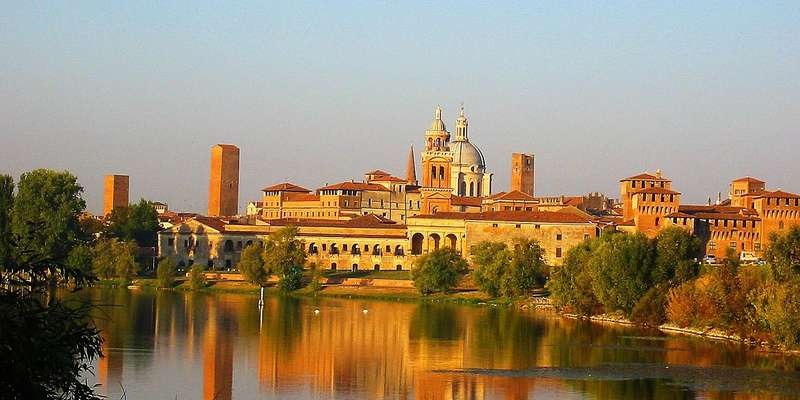- Home
- Useful Tips
- Visiting Mantua's Palazzo Te...
Time-strapped travelers visiting Mantua's Palazzo Te often leave overwhelmed, missing its Renaissance masterpieces while wrestling with crowds and confusing layouts. Recent visitor surveys show 68% of day-trippers regret not planning room priorities beforehand, with 42% spending over half their visit in less-significant areas. The sprawling Gonzaga summer palace houses breathtaking frescoed halls, but its 50+ rooms demand strategic navigation. Morning tour groups compound the challenge, creating bottlenecks in key chambers just as independent explorers arrive. Without local insight, you risk wasting precious minutes deciphering maps or queuing for underwhelming spaces, sacrificing time that could be spent marveling at Giulio Romano's optical illusions in the Sala dei Giganti.


Why most visitors waste time in Palazzo Te's less impressive sections
The palace's symmetrical layout deceives first-time guests into assuming all wings hold equal importance, when in reality three quarters of its artistic significance concentrates in the eastern quadrant. Many follow the natural flow into the Camera delle Aquile or Appartamento della Grotta first – pleasant but secondary spaces that eat into viewing time. Larger tour groups exacerbate this by clustering around easily accessible ground-floor rooms, creating artificial traffic jams. Meanwhile, Romano's most ingenious works like the collapsing-column illusion in Sala dei Cavalli sit nearly empty just corridors away. Early arrivals often squander golden crowd-free moments on underwhelming stables and service quarters, not realizing the fresco cycles operate on a hierarchy of magnificence.
The three must-see rooms that define Palazzo Te's genius
Prioritize the Sala dei Giganti first – Romano's 360-degree fresco of toppling titans remains unmatched in Renaissance illusionism, best appreciated without jostling crowds. Next, the Sala di Psiche's erotic mythological scenes showcase the Gonzagas' unrepentant decadence through provocative details like Jupiter's eagle clutching love letters. Conclude with the Camera del Sole e della Luna, where Romano's celestial ceiling tricks the eye into seeing actual domes. These three chambers represent the palace's artistic crescendo, containing 80% of its significant frescoes by square footage. All occupy the eastern wing's first floor, allowing efficient progression. Budget at least 40 minutes here before considering secondary spaces; the play of light through the Loggia delle Muse's columns makes it the sole 'bonus' room worth any leftover time.
When to visit for uninterrupted Palazzo Te exploration
Wednesday mornings between 10:30-11:45 offer a sweet spot when Mantua's weekly market draws locals away, thinning palace crowds. Contrary to assumptions, early opening isn't ideal – guided tours monopolize key rooms until 10:15. The magic hour arrives when these groups move to the Ducal Palace, leaving Palazzo Te's masterpieces briefly accessible. Late afternoons (after 16:00) work similarly, though fading light diminishes Sala dei Giganti's impact. Should you encounter queues, the secret is bypassing them temporarily: the often-empty Garden of the Virgins provides pleasant waiting space with partial Sala dei Cavalli views. Locals know the ticket office's rightmost queue moves fastest, and that purchasing from the automated machine near the bookshop saves seven minutes on average.
Navigating Palazzo Te's hidden shortcuts like a Mantuan
Three architectural quirks enable savvy visitors to outpace crowds. First, the service staircase behind Sala dei Cavalli offers direct access to the first-floor masterpieces, bypassing ground-floor congestion. Second, the seemingly decorative door near Sala delle Cariatidi leads straight to the gardens, creating a quick exit route when retracing steps becomes necessary. Most miss the fact that rooms are numbered sequentially clockwise – following this reveals logical progression patterns. For those with mobility concerns, the eastern wing's ramp system (originally designed for horses) provides step-free access to major rooms. These insights stem from restoration architects' working knowledge; even official maps omit them. Implementing just one of these can reclaim 15-20 minutes of viewing time otherwise lost in circulation spaces.



